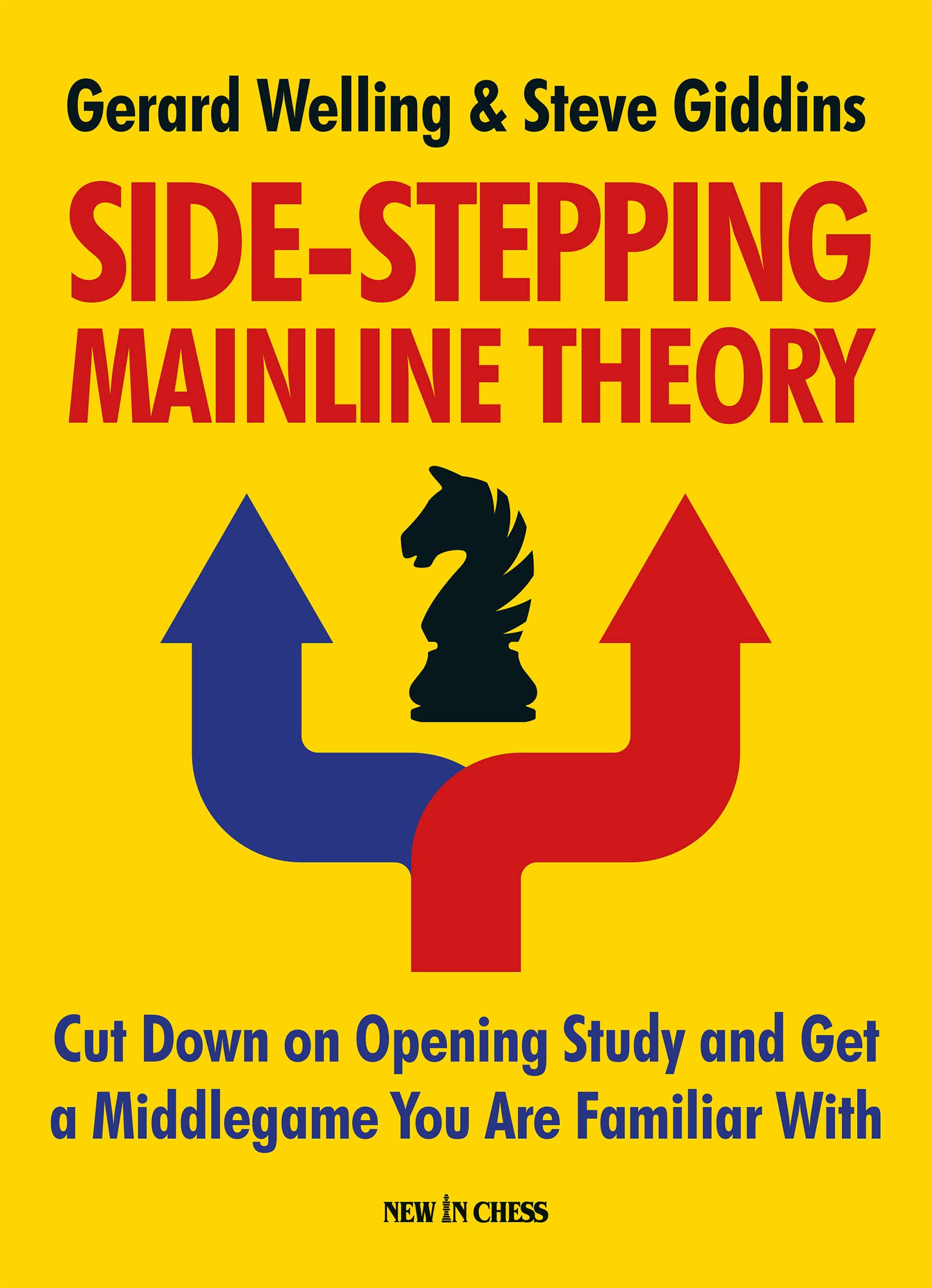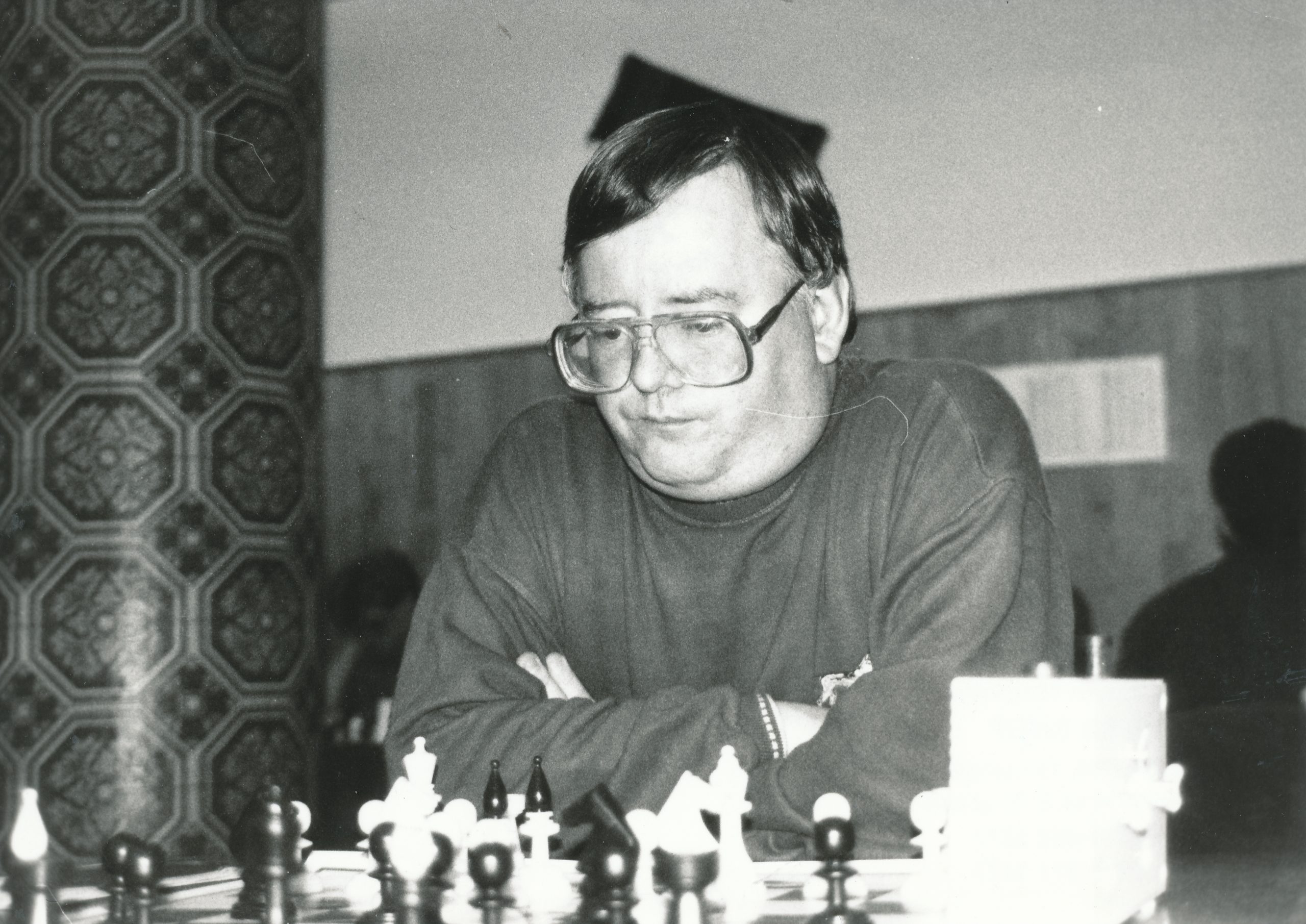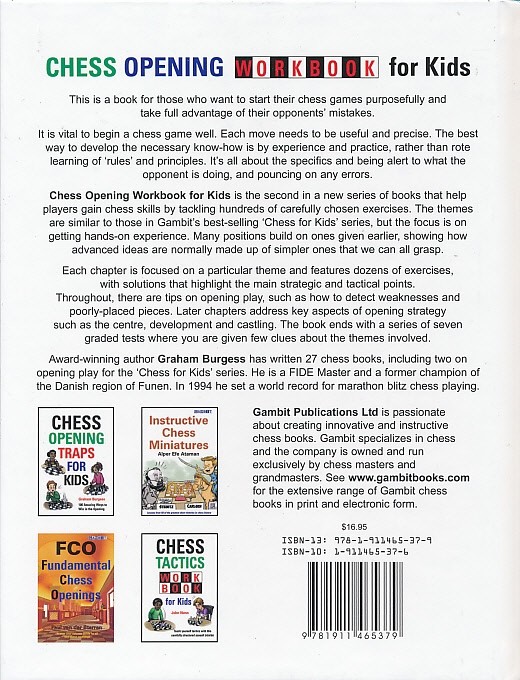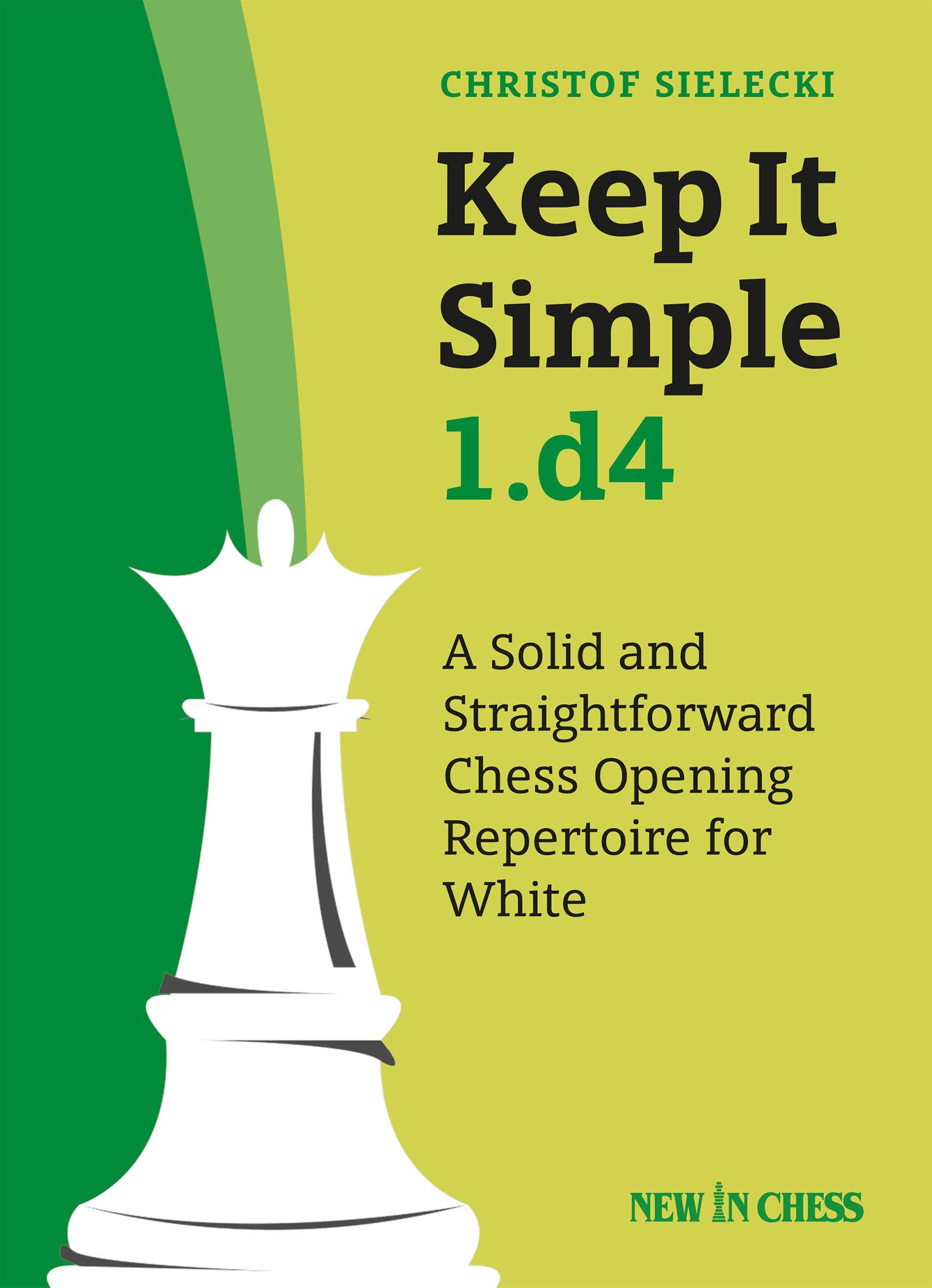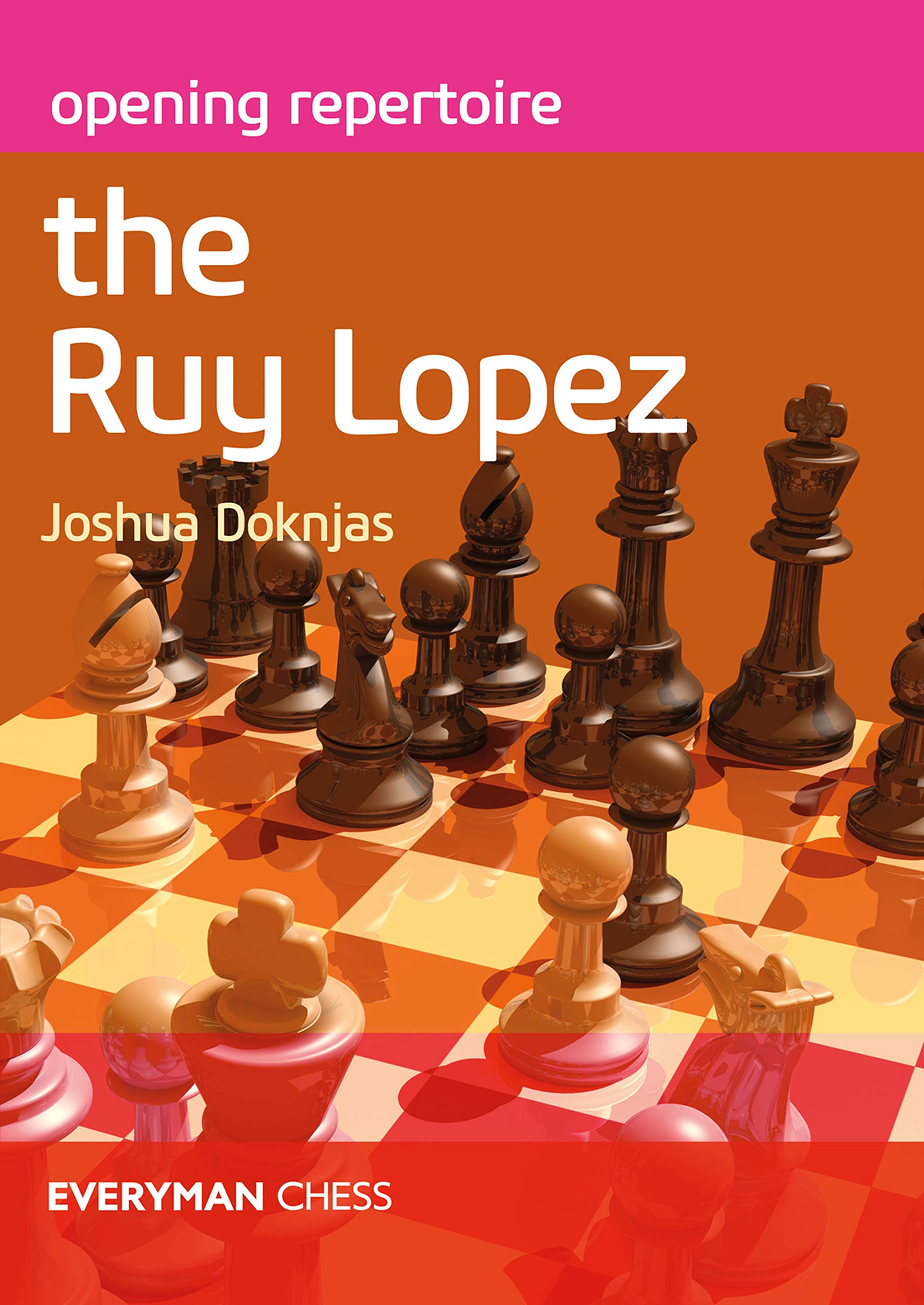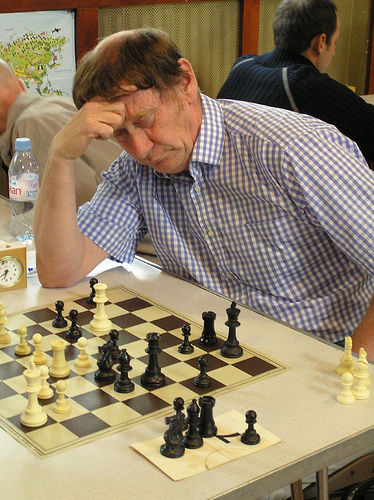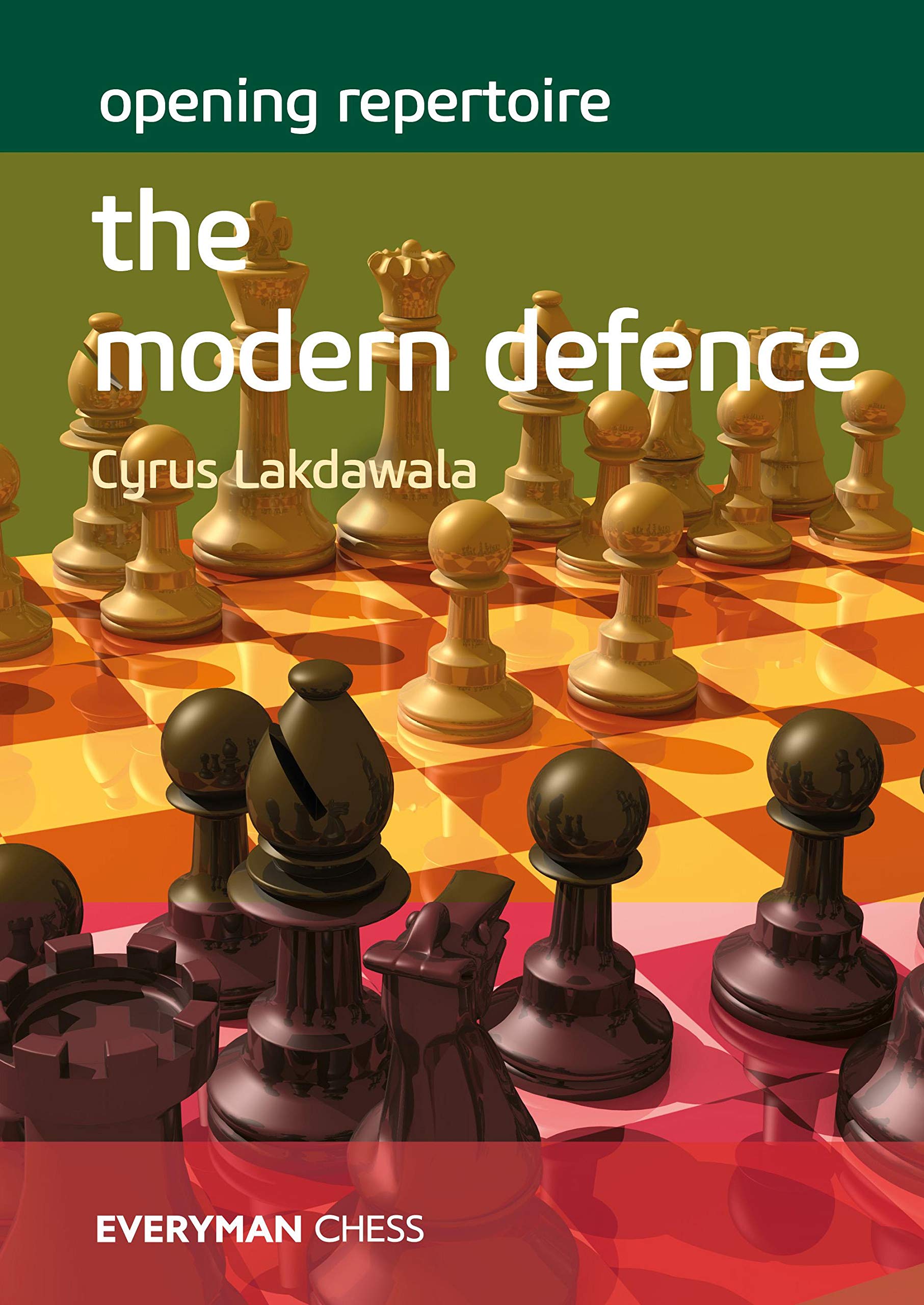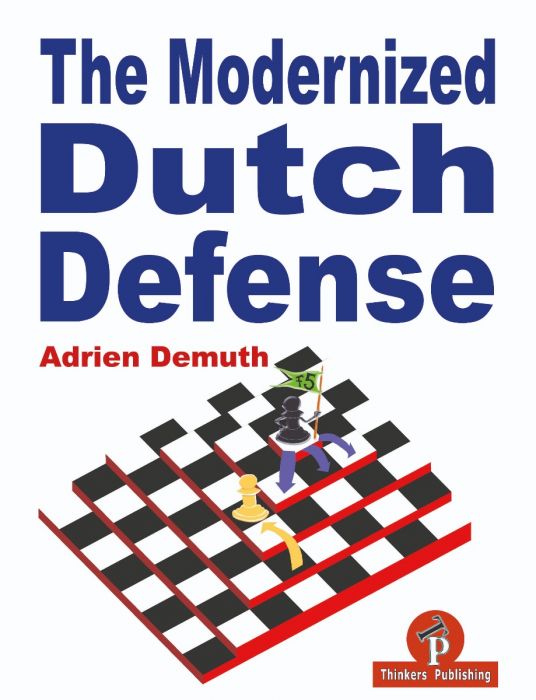
Grandmaster Milos Pavlovic was born in Belgrade in 1964 and was Yugoslav Champion in 2002. He is a well known theoretician specialising in opening theory and has written many chess books and magazine articles.

This is his fifth title in the “Modernized” series from Thinkers Publishing with a fourth on the Scotch Game having being published on November 17th. We first reviewed a title in this series with The Modernized Caro-Kann from GM Daniel Fernandez and then we reviewed The Modernised Colle-Zuckertort from Pavlovic.
As with every recent Thinkers Publishing publication high quality paper is used and the printing is clear. The book can easily be laid flat next to the board and does not require weights to prevent it from “self-closing” (a particular bugbear of ours !). Each diagram is clear and the instructional text is typeset in two column format, which, we find, enables the reader to maintain their place easily. Figurine algebraic notation is used throughout and the diagrams are placed adjacent to the relevant text and each diagram has a “to move” indicator.
There is no index which, unfortunately, is a standard omission of Thinkers Publishing books. Also missing is a bibliography.
The main content is divided into eleven chapters organised into four parts :
- Part I -Systems with g3 and Nh3
- Chapter 1 – 5.Nh3
- Part II – Systems with g3 and Nf3 (Classicial approach with …Be7
- Chapter 2 – 7.Nc3
- Chapter 3 – 7.b3
- Chapter 4 – The Surprising 6…Ne4!?
- Part III – Systems with g3 and Nf3 (Modern approach with Bd6
- Chapter 5 7.Qc2
- Chapter 6 7.b3
- Chapter 7 7.Nbd2
- Part IV – Other White setups
- Chapter 8 – White plays d4, c4 and Nc3
- Chapter 9 – White plays d4, Nf3 and e3
- Chapter 10 – London System
- Chapyter 11 – Irregular 3rd moves
The Stonewall Dutch has not hitherto had many books published about it. Popularised by Botvinnik it has found most support by club players rather than by elite Grandmasters. The well known structure for Black is typically :
arrived at by numerous move orders. In his Introduction the author emphasises the strategical nature of games played in this structure and its legendary reliability : perhaps viewed as a system to avoid losing rather than playing for a win. He goes on to layout the material covered.
The “Modernized” refers to an emphasis in which there is a more active set-up for Black :
rather than the older development on e7 :
As you can infer from the chapter titles the bulk of the book covers lines for White in which the f1 bishop is fianchettoed.
The approach of each chapter is to examine a variation move by move citing example games in sidenotes and the analysis is reinforced by an engine.
This is not a complete repertoire book on how to play the Dutch in general. The student will need to study and learn all of White’s popular second move alternatives such as
and
and, of course
to name but a few. However, there is a stand-alone chapter on
no doubt because of the London System’s huge popularity at club level in the last few years.
This book is ideal perhaps for someone who plays the Classical Dutch (or even the Lenningrad Dutch) who wishes to add the Stonewall to their repertoire. The treatment of the main lines in the Bd6 and Be7 Stonewalls is detailed and up-to-date as of 2020.
If you have never played the Dutch before (as Black) then this book forms the basis of your study with perhaps another Dutch book which covers the pesky second move alternatives. A common trick by Stonewall and Classical Dutch players (to circumvent some of these ideas) is to play 1…e6 rather than 1…f5 but, you will need to be happy playing the Black side of a French Defence after 2.e4.
Playing the Stonewall Dutch will add to your understanding of positional chess and strategy and, of course, Black has won many games with this weapon using a King side attack especially with the g pawn !
We like this book and so will you.
John Upham, Cove, Hampshire, 7th May, 2020

Book Details :
- Hardcover : 198 pages
- Publisher: Thinkers Publishing; 01 edition (19 May 2020)
- Language: English
- ISBN-10: 9492510731
- ISBN-13: 978-9492510730
- Product Dimensions: 17 x 23.5 cm
Official web site of Thinkers Publishing







